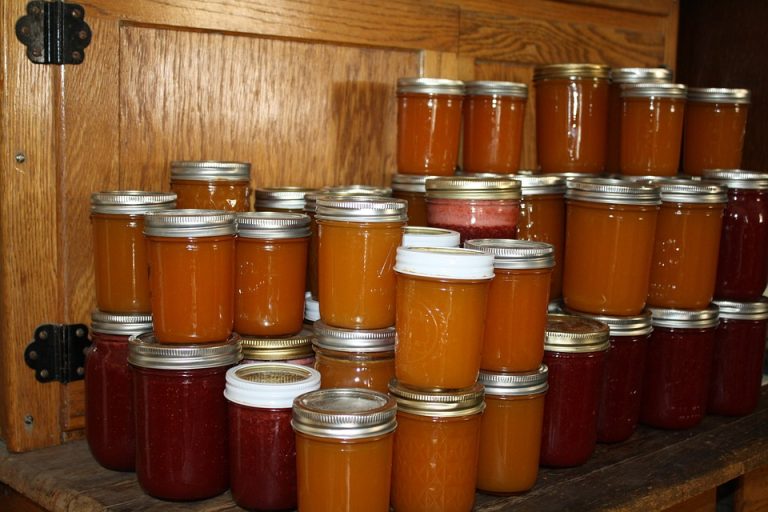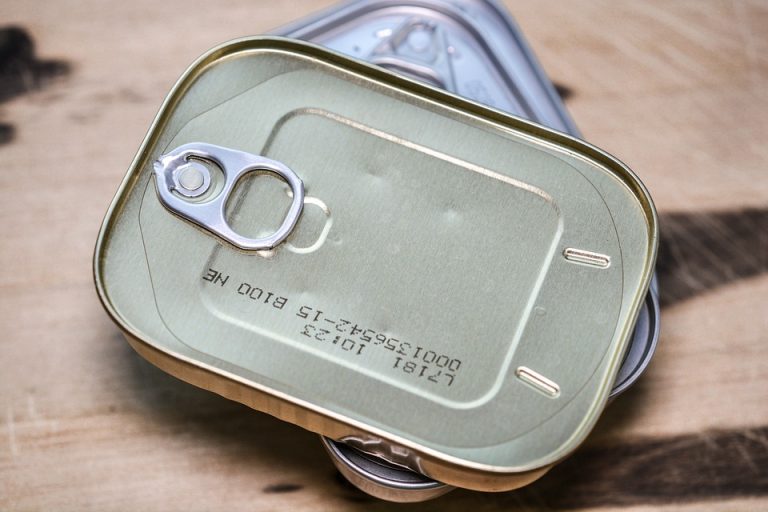Canning is a time-tested method of preserving food that allows you to enjoy the flavors of summer fruits, garden vegetables, and homemade jams all year round. Whether you’re a seasoned canner or a beginner looking to get started, this article will guide you through the essentials of canning, including the various tools you’ll need to embark on your culinary preservation journey.
The Basics of Canning:
Canning is the process of sealing food in airtight containers to prevent spoilage and preserve its freshness. It involves three primary methods: water bath canning, pressure canning, and steam canning. Each method is suitable for different types of food and requires specific tools. Let’s explore these methods and the essential tools needed for each. It is important to follow safe, tested recipes and procedures for canning to prevent serious illness. This book is one of the most trusted sources of canning information and recipes.
Water Bath Canning:
Water bath canning is suitable for high-acid foods like fruits, tomatoes, and pickles. The key to successful water bath canning is achieving a high enough temperature to kill bacteria and enzymes that can cause spoilage.
Essential Tools for Water Bath Canning:
- Canning Pot: A large, deep pot with a rack at the bottom to hold jars and allow water circulation.
- Mason Jars: Glass jars with two-part lids (metal bands and flat lids) for sealing. You can purchase them at most hardware stores or online
 .
. - Canning Tools Set: Includes a jar lifter, lid lifter, funnel, and bubble remover to make the canning process easier and safer.
- Acidic Ingredients: High-acid foods or recipes containing vinegar or lemon juice for safe canning.
Pressure Canning:
Pressure canning is necessary for low-acid foods like vegetables, meats, and poultry. The higher temperatures achieved in pressure canning ensure the destruction of harmful bacteria like botulism.
Essential Tools for Pressure Canning:
- Pressure Canner: A specialized pot with a locking lid and a pressure gauge for precise control of pressure and temperature.
- Canning Jars: Similar to water bath canning, you’ll need glass jars with two-part lids. You can purchase them at most hardware stores or online
 .
. - Rack: A rack inside the canner to keep jars off the bottom and allow even heat distribution.
- Pressure Gauge and Safety Valve: Essential components for maintaining safe pressure levels.
Steam Canning:
Steam canning is a more recent method and a safe alternative for some high-acid foods. It’s faster and requires less water than water bath canning.
Essential Tools for Steam Canning:
- Steam Canner: A specially designed pot with a lid, a vent, and a temperature gauge to create a controlled steam environment.
- Canning Jars: Mason jars with two-part lids for sealing. You can purchase them at most hardware stores or online
 .
. - Rack: A rack inside the steam canner to keep jars off direct heat.
- Lid Lifter and Jar Lifter: Standard canning tools for placing jars in and out of the canner.
Additional Canning Tools and Supplies:
In addition to the specific tools needed for each canning method, there are some common supplies and equipment that will make your canning experience more efficient:
- Canning Salt: Used to preserve color and flavor in canned vegetables.
- Canning Labels and Markers: Essential for labeling your canned goods with the date and contents.
- Clean Towels and Dishcloths: For wiping jar rims and cleaning up spills.
- Timer: To keep track of processing times accurately.
- Tongs: Useful for handling hot lids and bands.
- Canning Recipe Books: A good source of tried-and-true canning recipes.
Canning food is a rewarding and sustainable way to enjoy the taste of summer all year long while reducing food waste. By acquiring the essential tools and equipment for your chosen canning method, you’ll be well on your way to preserving the flavors of your garden or local farmers’ market. Remember to follow trusted canning recipes and safety guidelines to ensure your canned goods are safe to consume. Happy canning!







